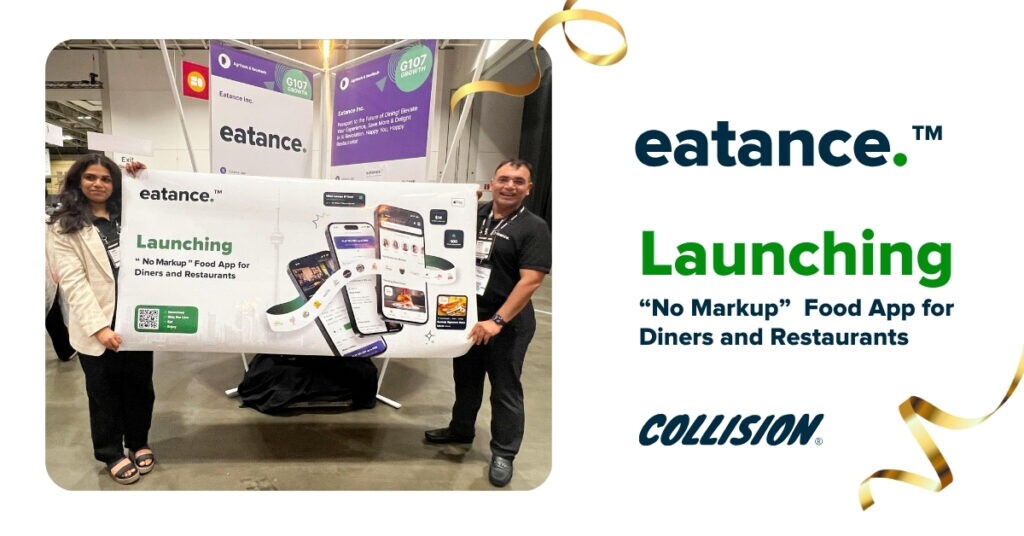Introduction
In the heart of Ontario, a bustling university campus was a hub for education and a hotbed of dining activity. For years, a restaurant near the university had been popular with students seeking quick, budget-friendly meals.
However, with the impending increase in the minimum wage to $16.55 per hour on October 1, 2023, the restaurant faced a problem. Soaring labor costs and the need for operational efficiency were two pressing challenges to address.
The Challenge
Rising labor costs were exerting significant financial pressure on the restaurant. Managing the restaurant inefficiently was detrimental to both the staff and customers. Traditional methods of taking orders and managing the restaurant were no longer cost-effective. Staff took orders manually, earning an hourly wage of $16.55, which put significant pressure on the restaurant's budget.
Another challenge was the inefficient management of the restaurant. The staff's time was predominantly consumed by order-taking and processing, leaving little room for enhancing the customer experience. The restaurant's administration realized it needed a radical transformation to remain competitive and profitable.
The Solution
Enter the Eatance QR code ordering system, a technological leap that would be the restaurant's savior. The restaurant implemented a simple yet effective solution - a QR code displayed prominently outside the restaurant.
How It Works
- Customers scan the QR code to access the restaurant's digital menu.
- They browse the menu and order online with minimal staff assistance.
- The restaurant's kitchen receives orders in real time and begins preparing them immediately.
- Once an order is ready, the customer receives an SMS notification.
- Customers pick up their orders at the counter or deliver them to their table.
The Results
Implementing a QR code ordering system profoundly impacted the restaurant's operations and bottom line.
Efficiency Gains and Cost Savings: Automated order processing made staffing cuts possible. Pay rates were realigned with the new minimum wage, resulting in substantial savings.
Customer Experience Improvement: Customers no longer had to wait in line to place orders.
SMS notifications kept customers updated on the status of their orders, reducing wait times.
Financial Success: The restaurant's profitability improved significantly as labor costs were reduced and efficiency increased. The ability to adapt to the rising minimum wage allowed the restaurant to remain competitive while providing affordable meals to students.
Enhanced Customer Loyalty: The convenience and efficiency of the QR code ordering system made the restaurant a preferred choice for students, ensuring a steady flow of customers.
Broader Implications: The success story of this university restaurant's transformation through QR code ordering has broader implications for the food service industry. It showcases how embracing technology can help restaurants survive and thrive in a rapidly changing landscape. As the minimum wage rises, innovative solutions like this can be a lifeline for businesses looking to stay afloat.
Conclusion
The university restaurant's journey from labor cost woes and operational inefficiency to a streamlined, technologically advanced establishment serves as a testament to the power of innovation in the food service industry. Implementing a QR code ordering system eliminated queues, reduced staff, and allowed the restaurant to adapt seamlessly to the rising minimum wage. It's a success story highlights the importance of staying ahead of the curve and embracing technological solutions to remain competitive in today's dynamic business environment.
As the restaurant industry evolves, this case study demonstrates that the path to success lies in creativity, adaptability, and a commitment to enhancing the customer experience. QR code ordering systems, have the potential to revolutionize the way we dine out, making it not only more efficient but also more enjoyable.
Key Takeaways
- QR code ordering systems can help restaurants reduce labor costs, improve operational efficiency, and enhance the customer experience.
- QR code ordering systems can be valuable for restaurants facing rising labor costs and other challenges.
- The food service industry should embrace technological innovations like QR code ordering systems to stay competitive and thrive in the future.





